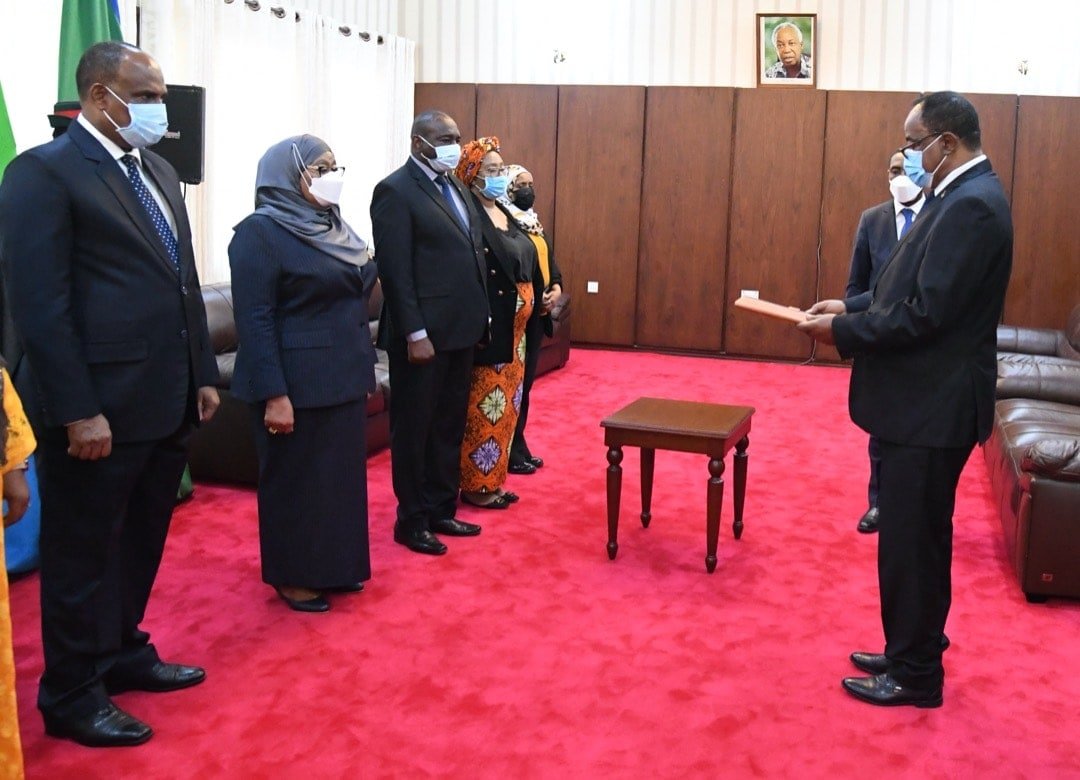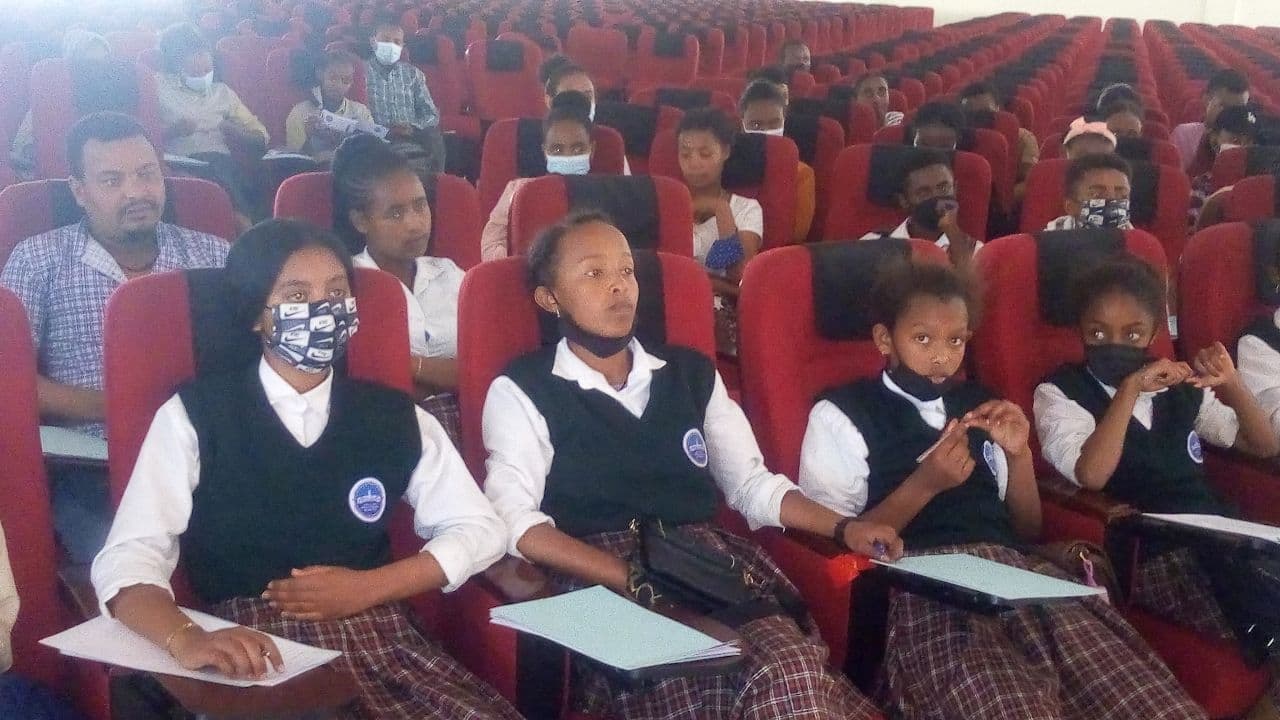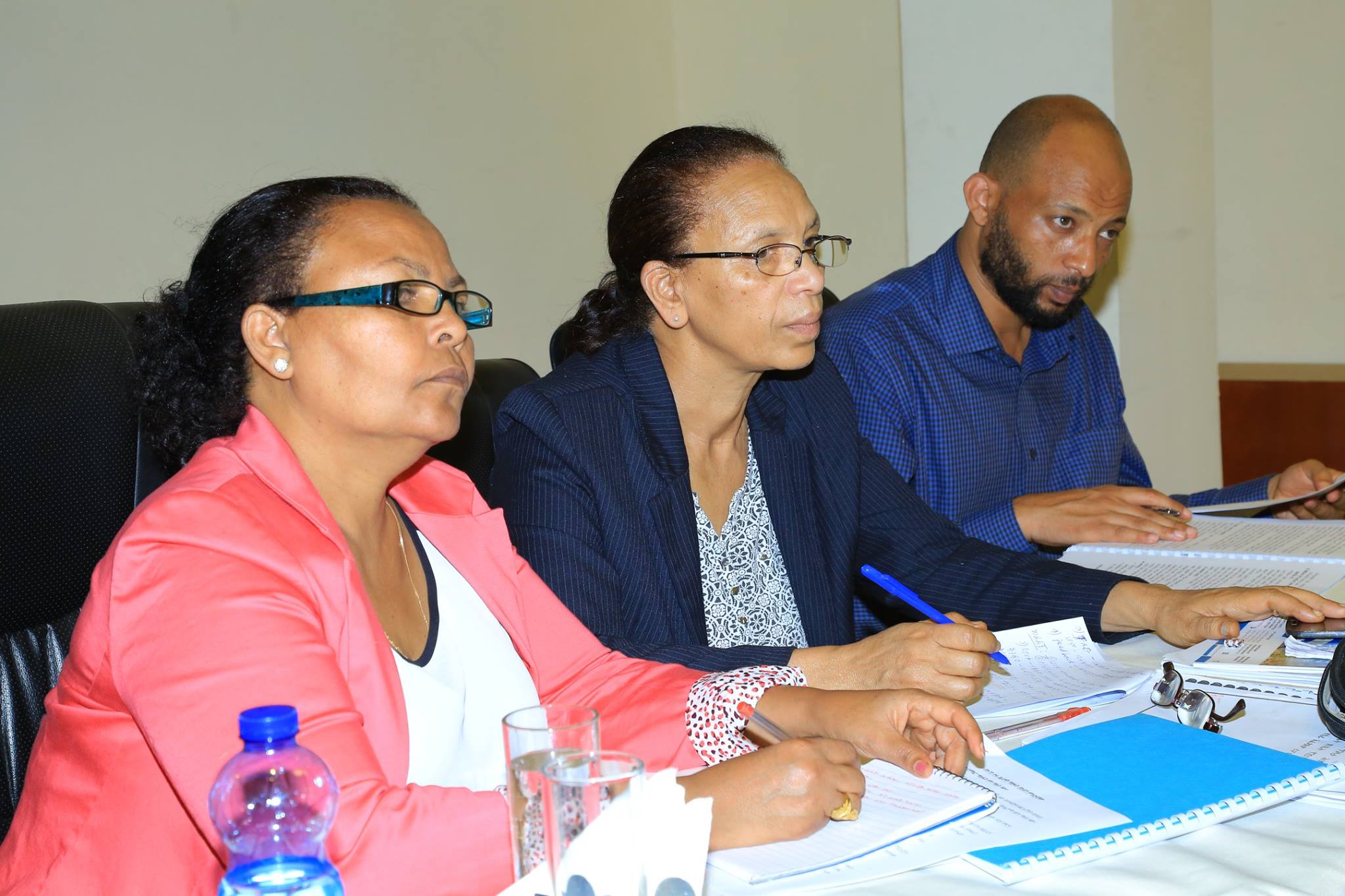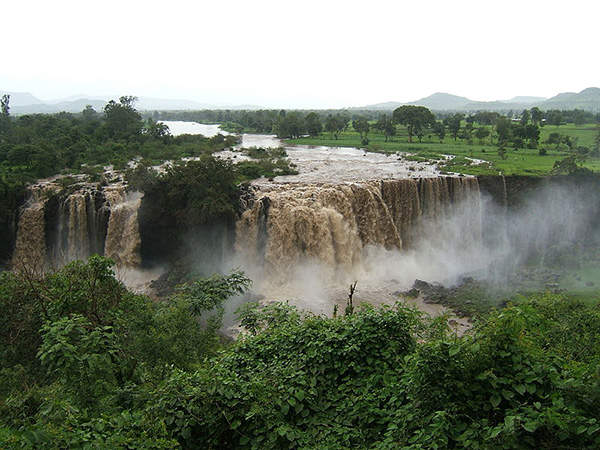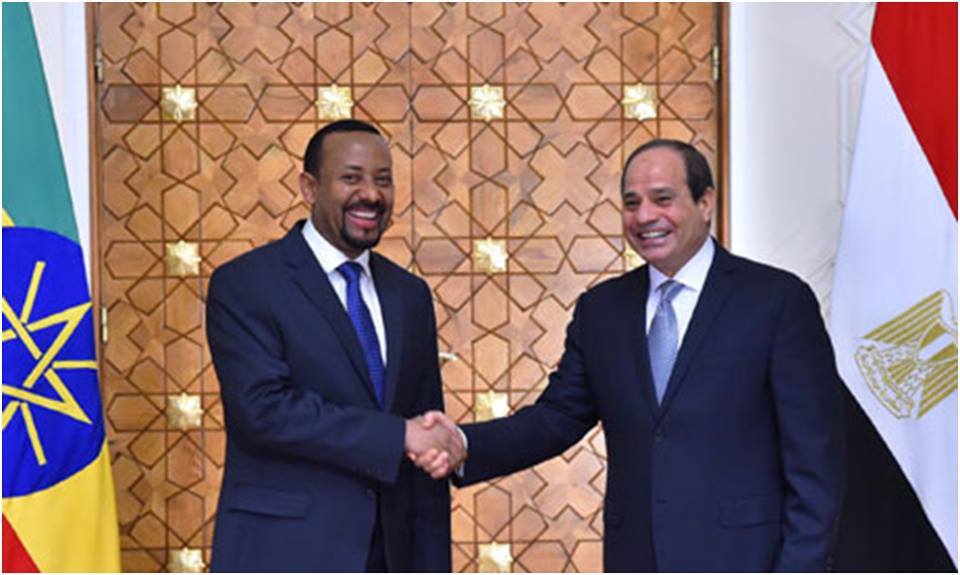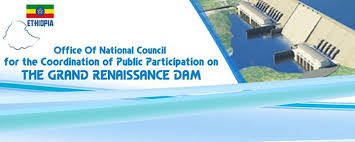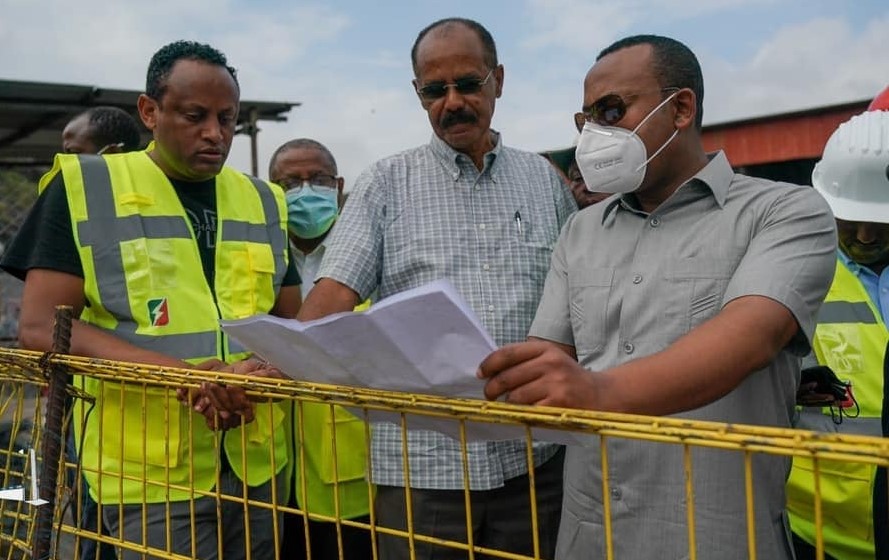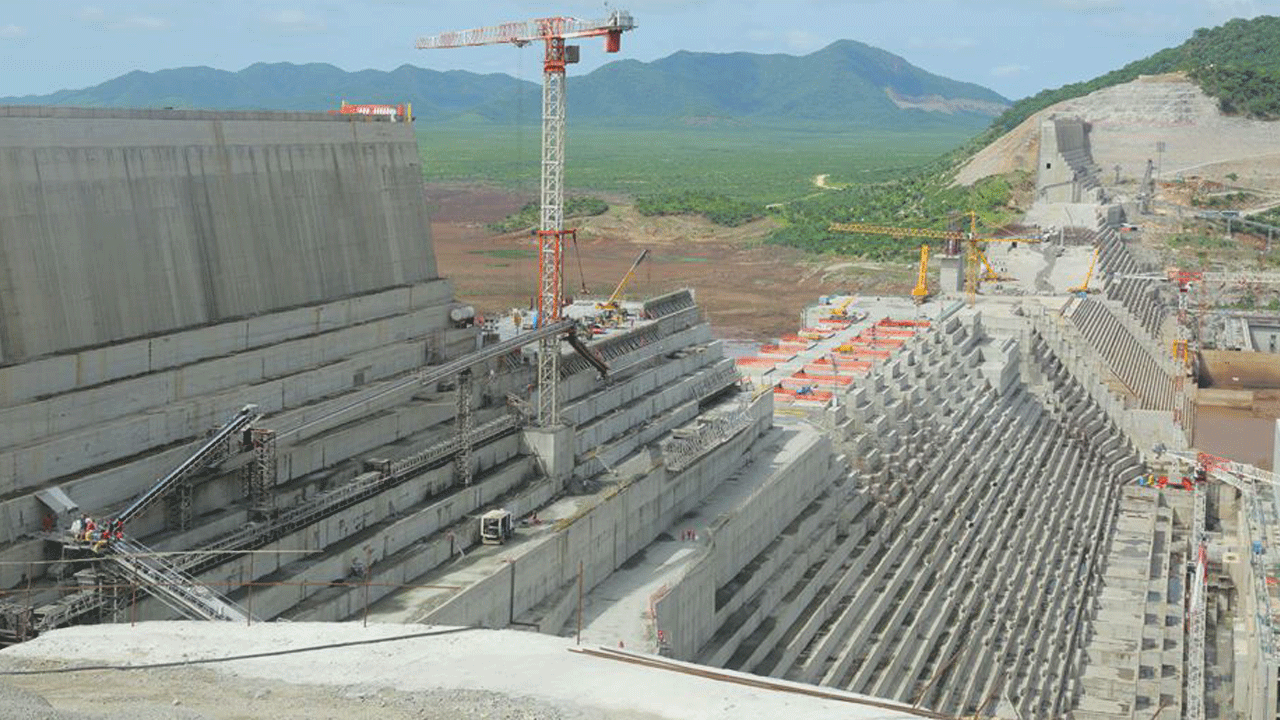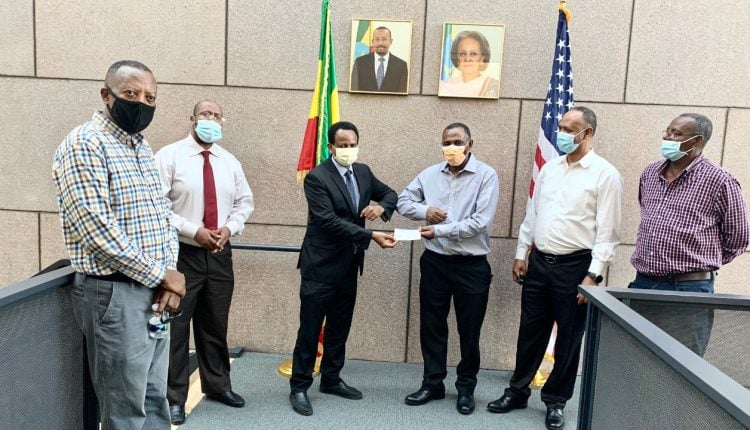Egypt must be considering its benefit from the Dam. - Welcome
Nested Portlets
Asset Publisher
Web Content Search
Facts about the Dam
Asset Publisher
Events
Asset Publisher
The dialogue between the members of the tripartite committee of the three Nile riparian states is still continuing without tangible result. The fear that Egypt exerts in a way of bringing new and unacceptable idea is the main cause not to rich in final steeps. It already underlined that there is no means to stop the construction of the dam rather than counseling and insuring the benefit of its national interest. Egypt must understand that no force in the earth can stop the unstoppable ongoing construction of the dam.
The con¬struction of GERD on the River Abbay / Nile is part of Ethiopia`s ex-ercise of its sovereign right. Ethiopia has an absolute right of utilizing its natural resources within its sovereign jurisdiction. Ethio¬pia`s policy on the utilization of trans-boundary water courses is based on a principle which rests on equity and fairness, due re¬spect to settled international law and norms. Ethiopia`s ongoing activities of the construction of the GERD is, therefore, based on its policy of “utilizing the waters of the Nile equitably and reasonably in a way that benefits all and avoids significant harm to other riparian countries.
Grand Ethiopian Renaissance Dam is catalyst of future cooperation developments in the Nile Basin region. GERD is a milestone in the Eastern Nile landscape, and from several perspectives: in hydro political terms, but also in terms of regime change over the management of the shared water resources, the dynamics of water utilization and management, economics and incentives for regional economic integration approaches, and more generalized awareness that water cooperation is more essential than ever. GERD can be taken as a concrete case for upstream-downstream cooperation for equitable and reasonable utilization of the shared water resources and as a means of sustainable benefit sharing among the Eastern Nile Basin countries.
Ethiopia believes in cooperation and mutual benefit the hydro electric energy generated doesn’t only benefit is to achieve its goals but also it would be available to neighboring states to support their development and economic integration results in peace and stability of the region. This mega project allows Ethiopia to Provide Electric power to neighboring and riparian states with a reasonable price, besides it will generate foreign currency to the state that will result in harmonizing relationship with neighbors.
The Grand Renaissance Dam is constructed only to generate Hydro electric power The River would continue to flow in its normal course after it generates power. Ethiopia is not yet intended for reducing the volume of water that is flowing to the downstream countries, namely Sudan and Egypt that has been unfairly receiving the lion share of the waters. For the time being, as agreements take their own course, Ethiopia is only building a dam that uses the water for producing electric power without retaining the water. This makes it clear that the lower stream countries can continue using the river for agricultural or power generation activities as ever without having apprehension of reduction of its volume, rather the dam enables the lower riparian states to have constant water in summer and winter to solve both water shortage and flooding that are seasonal problems to them.
The Grand Renaissance Dam brings a lot of benefits for the downstream countries. By the construction of the dam there will be reduction of siltation and flood that have been ravaging the residents of the downstream countries for thousands of years. Dams in Sudan and Egypt have been adversely affected by it and the countries incurred a lot of cost to rectify the damages. The reduction of evaporation as a result of the depth of the dam, steady flow of the river as a result of the conservation work and the actual construction of the dam helps the downstream states to cope up with the fluctuations of water flow that has been causing problems in conducting various productive activities on the river.
In addition to that in all parts of the country soil and water conservation rehabilitation, a forestation and reforestation activities are carried out and will continue in the future, which change and in turn results in enriching the tributaries of Nile with water and increase water table. It also helps in avoiding siltation and Flooding to the lower riparian states. So, volume of water increases in the future rather than decreasing as they are forecasting due to activities carried in Ethiopia.
It has al¬ways been Ethiopia`s firm belief that trans- boundary water courses are means for cooperation than a source of contention and con¬flict. As Ethiopia is constructing the GERD on the Blue Nile which occupies about 85% of the Nile water, it can be regarded as a game changer in shaping and enhanc¬ing Ethiopia’s relations with downstream riparian countries (Ethiopia Egypt, the Sudan).
Photos about GERD
About Us
Benefits of the Grand Renaissance Project
At the completion of the project, the average generation of 15,759 Giga watt hours per year will have a significant contribution to the national electricity system. The contribution of this project will be higher to reach the targets set by the rural electrification villages and to increase the supply from 44% to 90%.
The major components of the project
The Grand Ethiopian Renaissances Dam is being constructed for the purpose of generating electricity with total installed capacity of average annual energy production of about 15,759 GWh/yr.
Discharge rate about 1,547 m3/s.
The reservoir area will cover 1,874 square kilometers at full supply level of 640 meters above sea level maximum amd 590 metres minimum.
It has a 1.8 km length and 145 m height Roller Compacted Concrete dam.
Saddle Dam embankment of length 5.2 km and height 50 m.
The total storage volume is 74 billion cubic meters


